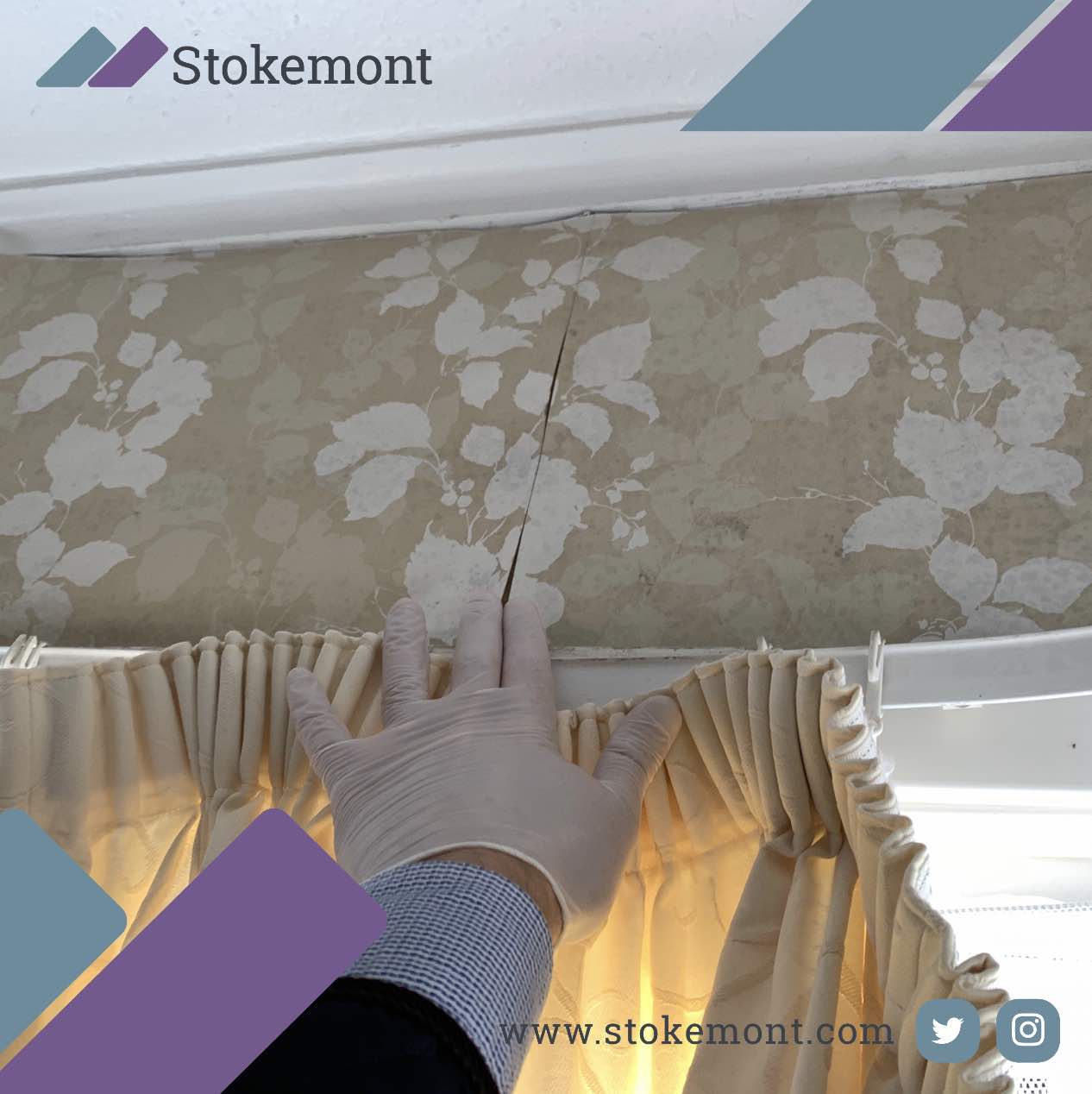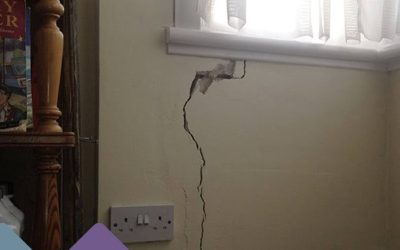In today’s blogpost topic we are going to be taking a look at condensation.
Condensation in property is an incredibly common form of defects that our surveyors here at Stokemont see on a daily basis whether that be on a Defect Analysis Report, RICS HomeBuyer Report or Full Building Survey.
Condensation occurs when there is a build-up of moisture within a property, resulting in water vapour settling and resting on walls, ceilings and windows.
If left unattended and not addressed, condensation will often result in mould spores forming on the surface, which can quickly become and health hazard and prevent issue to the property owner, tenant, or occupier.
In many instances, property occupiers will misdiagnose condensation, instead thinking it is a far more severe and serious issue, such as penetrating or rising damp.
However, this is not suggest condensation is not a major issue; it is just that there is a clear path to resolution when it comes to condensation.
With some of the more severe defects, such as penetrating or rising damp, the remedy can often be a lot more costly and involved.
First and foremost, if condensation does arise, there are a number of steps that can be taken to ensure the issue is combated on a behavioural basis. We are now going to take a brief look at these, so we can fully advise and, hopefully, aid in reducing the build-up of condensation within the property itself:
Ventilation
This is a very good way to reduce the build-up of condensation within a home and is as simple as ensuring that during high use and ‘high traffic’ time within the property, such as cooking, bathing/showering, there is a good ventilation system installed.
Within a kitchen this will be an extractor fan and, within a bathroom, an adequate extractor fan.
Ensuring both of these are running during the respective room use will ensure condensation is drawn from the air and in turn does not build-up within the property itself.
Air circulation
This is incredibly easy to achieve, all that his required is for windows to be sufficiently opened on a regular basis for a period of intervals.
This will ensure fresh air is able to circulate within the property and, likewise, the built-up moist air/condensation is able to be removed from the property.
This is especially the case when there is new double-glazing installed or for that matter any double-glazing.
Double-glazing is an excellent barrier against weather externally, however, it does also allow moisture levels within a property to build-up. Therefore, it is important to ensure windows are opened.
Here at Stokemont we would advise opening windows during high usage times, such as bathing or cooking, as this will ensure air is able to sufficiently circulate within the property itself.
Trickle vents
An overlooked part of double-glazing, however, are hinged or sliding vents which can be opened/closed/regulated at your whim.
The addition of trickle vents will ensure you are able to lightly allow for air circulation, whilst also ensuring in the colder months you are not getting an inflow of cold air and not losing hot air from within the property.
This type of system will ensure that, in particularly colder months, both the air flow and temperate can be regulated, whilst also allowing for external air to sufficiently vent the property.
Behaviour
Condensation is naturally a result of the way in which a property is being used and, therefore, in many case a change of behaviour by occupiers can very easily bring down moisture levels to normal levels.
There is no specific advice or point to address here, it is very much just a matter of ensuring the various recommendations set-out above are indeed implemented respectively.
Condensation is incredibly common, here at Stokemont we have seen it both through pre-purchase surveys, whether that is RICS Homebuyer reports or full Building Surveys. We are also instructed on numerous occasions to undertake defect analysis reports, which specifically focus on this defect, issue and problem.
Clients can often be surprised at how severe a build-up of condensation can get and the appearance of damp and damage it can leave on a property.
Here at Stokemont we would advise taking a proactive approach if there is a build-up of condensation as, in many cases, through careful consideration of and adjustment in the behaviour of those occupying the property, it can be easily combated and resolved.
If you would like to discuss your property defect requirements with our team of experienced RICS building surveyors please feel free to give us a call today and we shall be more than happy to assist and advise you.
Did you know that we also offer free, no obligation, advice – all you need to do is pop over some photographs of the issue at hand and our surveyors will happily review this and respond to you.
If you would like to take us up on this offer, simply go to our contact page, complete the form and we will gladly assist and advise.




